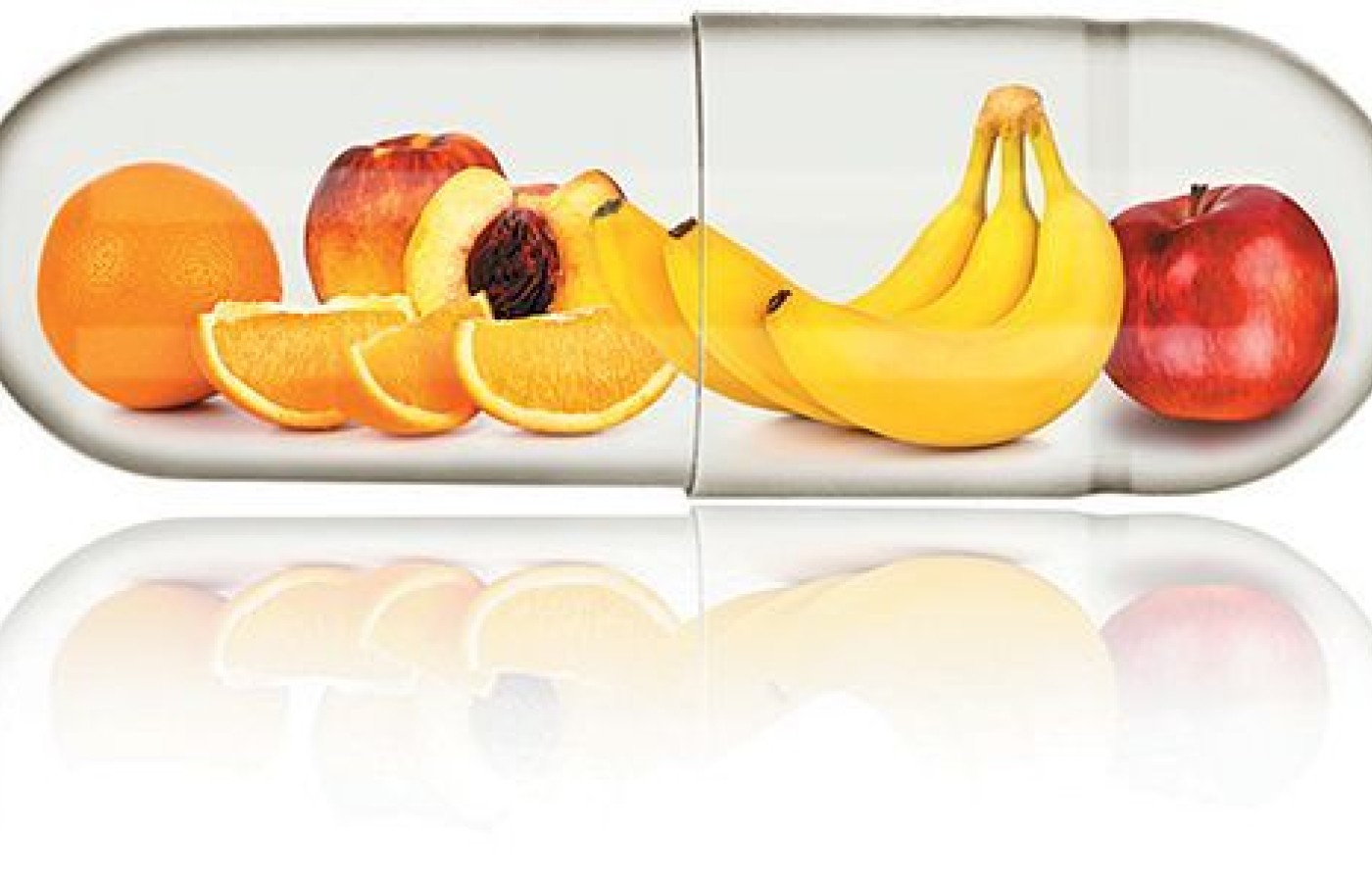In a landmark development, Blue Cross Blue Shield (BCBS) has reached a $2.8 billion settlement to resolve antitrust claims brought by health care providers, including chiropractors. The lawsuit accused BCBS of dividing the nation into exclusive regions and limiting competition, which resulted in lower reimbursements for providers. Although BCBS denies any wrongdoing, the company agreed to the settlement to avoid lengthy litigation – and you can get a piece of the pie.
Why Drugs and Supplements Can't Cure Disease
Chronic diseases are the outcome of disease-promoting, goal-oriented behaviors. So, the notion that diseases can be cured with drugs or supplements should be abandoned. Hypertension is the best example of this. Medical doctors deal with blood pressure treatment based on guidelines. The most recent guidelines comes from the Eighth Joint National Committee (JNC-8). A free article that describes the JNC-8 guideline is available.1 Here is what we are told:
"There is strong evidence to support treating hypertensive persons aged 60 years or older to a BP goal of less than 150/90mmHg and hypertensive persons 30 through 59 years of age to a diastolic goal of less than 90mmHg; however, there is insufficient evidence in hypertensive persons younger than 60 years for a systolic goal, or in those younger than 30 years for a diastolic goal, so the panel recommends a BP of less than 140/90mmHg for those groups based on expert opinion."
In contrast to JNC-8, the recommendations of JNC-7 were to treat with medications to get blood pressure below 140/90. For patients with diabetes or kidney disease, the goal was to get these patients below 130/80. As you can see from the above, the JNC-8 goals are not as robust as JNC-7.

The key point to embrace here is that normal blood pressure is below 120/80. Anything between 120/80 and 140/90 is considered prehypertension. This means that the therapeutic goal for treating hypertension with medications is not get patients to a normal value. In other words, drugs cannot get patients to below 120/80, even if two or more medications are used. This tells us that a pro-inflammatory, disease-promoting lifestyle is far more powerful than medications. And this holds true for most conditions. Drugs and supplements, by themselves, cannot cure disease.
Blood glucose control is another area that serves as an example for how drugs are not curative. Diabetes Forecast is a website magazine produced by the American Diabetes Association for patients with type 2 diabetes. In an article about hemoglobin A1C (HgbA1c), the author discusses goals in the context of diet and metformin.2 Here are the diagnostic criteria for HgbA1c:
- Less than 5.7 percent HgbA1c = normal (no diabetes)
- 5.7-6.4 percent HgbA1c = prediabetes
- 6.5 percent or higher HgbA1c = diabetes
HgbA1c is also called glycated hemoglobin, which is the most well-known of a family of chemicals called advanced glycation end-products, or AGEs. Glycated means sugar-coated, so HgbA1c is "sugar-coated" hemoglobin, which is thought to be the best marker of glycemic levels during the prior 2-3 months.
MedlinePlus, an NIH publication education website, states: "If you have diabetes, you and your doctor or nurse will discuss the correct range for you. For many people the goal is to keep your level below 7%."3 The same goal is described in the Diabetes Forecast article.2 In other words, the goal is to keep diabetes from becoming really bad diabetes. The goal is clearly not about getting back to normal.
I do not understand this at all; why would the goal not be to get below 5.7 percent? This tells us that metformin will not get a diabetic patient even close to normal. This is largely because this approach to diet is faulty, relying too heavily on starchy carbohydrates, so blood glucose and HgbA1c can never reach normal again. Consequently, metformin and other meds are used to stop HgbA1c and blood glucose from getting severely abnormal, while the patient lives the rest of their life on medications.
From the perspective of supplements, it is equally impossible to normalize blood glucose and HgbA1c. However, with diet, exercise and supplements, one can become normal again. It just takes discipline; the kind that the average patient is not taught. (In a recent article, I discussed what it takes to become normal.4)
The process of getting sick and developing metabolic syndrome, hypertension, diabetes, heart disease, etc., is actually a mutation process. By making unhealthy lifestyle choices, particularly related to diet and exercise, a low-grade inflammatory state develops that mutates normal tissues into unhealthy abnormal tissues. In the case of hypertension, blood vessels lose their ability to relax, which leads to increased peripheral resistance and hypertension.
We can actually take any disease and identify mutations that occur specific to the condition. While various conditions present differently, they have a common underlying inflammatory / mutagenic drive.
The goal should be for us, and our patients, to become "normal humans" again. The key to becoming a normal human is to pursue health with diet, exercise, adequate sleep and stress management. Nutritional supplements can be taken to support this effort. The best general approach includes a multivitamin / mineral, magnesium, fish oil, vitamin D and probiotics. Additional supplements such as coenzyme Q10, lipoic acid, glucosamine / chondroitin, chromium and botanicals can be added on a case-by-case basis.
My suggestion is to engage in this approach until objective measurements of health have been achieved. I outlined these measurements in a recent article available for free download.5
References
- James PA, et al. 2014 evidence-based guideline for the management of high blood pressure in adults: report from the panel members appointed to the Eighth Joint National Committee (JNC 8). JAMA, 2014;311(5):507-20.
- Gebel E. "Your AIC: Achieving Personal Blood Glucose Goals." Diabetes Forecast, March 2013.
- A1c Test. MedlinePlus.
- Seaman DR, Palombo AJ. An overview of the identification and management of the metabolic syndrome in chiropractic practice. J Chiro Med, 2014;13(3):210-19.
- Seaman DR. Body mass index and musculoskeletal pain: is there a connection? Chiro Man Ther, 2013;21:15.



